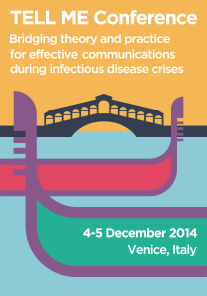Influenza
Vaccines can be prophylactic (e.g. to prevent or ameliorate the effects of a future infection by any natural or "wild" pathogen), or therapeutic (e.g. vaccines against cancer are also being investigated).
Epidemiological surveillance is a key element in epidemiology and consists of constant surveillance and monitoring of diseases, and requires gathering, analysing and interpreting virological and epidemiological data from different countries, areas and territories around the world. Monitoring and warning systems are developed with the help of satellites and wireless communications. A new generation of web application hybrids (mushups) combine information from multiple sources into a single representation, which are used to mine, categorize, filter, and visualize online intelligence about epidemics in real time.
The main purposes of epidemiological surveillance for influenza, as defined by WHO, are to:
- provide countries, areas and territories with information about influenza transmission in other parts of the world to allow national policy makers to better prepare for upcoming seasons;
- provide data for decision making regarding recommendations for vaccination and treatment;
- describe critical features of influenza epidemiology including risk groups, transmission characteristics, and impact;
- monitor global trends in influenza transmission;
- inform the selection of influenza strains for vaccine production.
Vaccines can be prophylactic (e.g. to prevent or ameliorate the effects of a future infection by any natural or "wild" pathogen), or therapeutic (e.g. vaccines against cancer are also being investigated).


